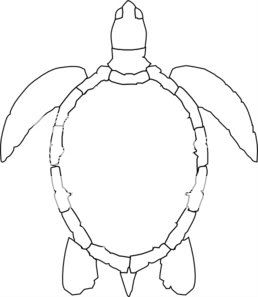During the long winter months, try planning an indoor beach day full of fun activities, games, songs, crafts and more all surrounding the beach theme. This beach day would work well within a preschool lesson plan on opposites, an ocean theme, as well as traveling and the world.
Staging an Indoor Beach Day In the Preschool Classroom
It is important for any preschool party to set the stage. For this theme fill the room with beach towels, beach umbrellas, sand buckets and shovels, beach chairs, sunglasses, seashells, pictures of the beach, palm trees painted onto paper, empty suntan lotion bottles, water bottles. Play music in the background that has waves or perhaps a steel band drum. Have bright color balloons and steamers up, such as yellow and orange to bring in the sunshine effect. If possible put the heat up in the preschool classroom to not only help with setting the scene, but to make a more comfortable temperature for beach attire. In a parent's newsletter, inform the parents to dress their children in beach clothes for the day.
Sensory Table with a Beach Theme
The sensory table is a great place to feature the beach and if possible, have both sand and water sensory activities.
Water: place blue food coloring into the water set up, seashells, plastic fish, glass beads, plastic boats, water wheel, sieves
Sand: seashells, buckets, shovels, container with lids, plastic crabs, small rocks, play coins
Beach Preschool Crafts
Beach Scene: A beach scene can be created by the preschoolers with broken shells, sand and cut out pictures or store bought foam pieces of such things as the sun, a shovel and bucket, sun umbrella and so on. Make sure to have a tray to catch all the sand that does not attract to the glue.
Sand in a bottle: Provide each child with a small empty bottle and different color sand, which can easily be made with sand and powder paint. Allow the children to make layers of sand inside and perhaps also some small shells to place in between the layers.
Ocean: Any ocean crafts will work well for a indoor beach theme. One suggestion is to create a fish template out of a paper plate, then provide shiny cellophane paper, tissue and/or wrapping paper cut into small pieces for gluing onto the fish to create colorful scales.

Preschool Games for a Beach Theme
These games are versions from classic preschool games:
•Lifeguard Where is Your Whistle?: a version of Doggy Doggy Where is Your Bone.
•Beach Sharades: provide children with ocean animals and/or activities that would occur at the beach.
•Bucket, Bucket, Shovel: this is a version of duck, duck, goose
•Whose under the Beach Blanket?
•Find the Seashell: creating a scavenger hunt to find the seashell or seashells.
Preschool Songs and Poem for Indoor Beach Party
To the tune of Twinkle, Twinkle, Little Star
I love the beach, oh yes I do
I love the beach, how about you
Jumping in the water with sand in my toes
Lying on my towel, the sun on my nose
I love the beach, oh yes I do
I love the beach, how about you?
Another song that can be done with actions is to get five children to lie in the middle of the circle on a big beach towel:
Five on the towel, and the little one said,
Roll over, roll over
So they all rolled over, and one fell out...
For a fun ocean poem to tell on the Indoor Beach Party which works well on a felt board and is great for learning math concepts:
Five little sea creatures on the ocean floor.
The lobster walked away, and now there are four.
Four little sea creatures living in the sea.
The octopus crept away and now there are three.
Three little sea creatures wondering what to do.
Good-bye said the starfish and now there are two.
Two little sea creatures not having much fun.
Off swam the seahorse, now there is one.
One little hermit crab, sad and all alone.
Back came the seahorse, back came the starfish,
back came the octopus, back came the lobster.
Preschool Snacks
Some great preschool snack ideas for a beach theme involve thinking about what we would all eat on a hot, sunny day. Some ideas are:
- fruit popsicles
- ice cream sandwiches
- smoothies
- watermelon
- ice cream cones with frozen yogurt
- lemonade
- popcorn
- fish crackers
An indoor beach party provides a fun day for preschoolers and will liven and warm up a winter month that depending on the location, can often hold some dreary and cold weather.
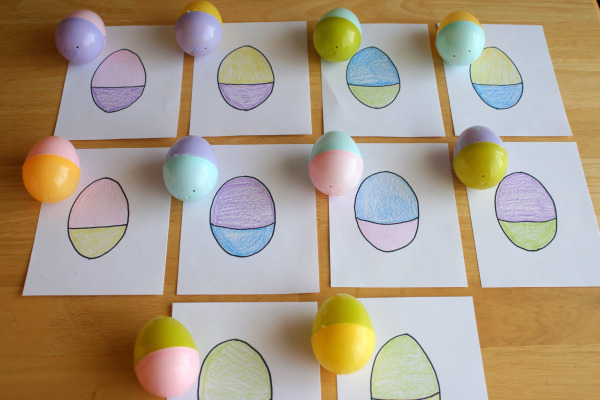



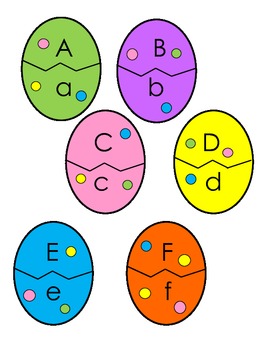

.JPG)
.JPG)
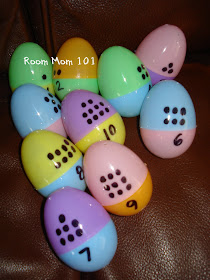

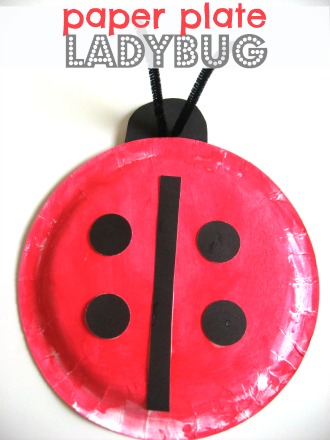
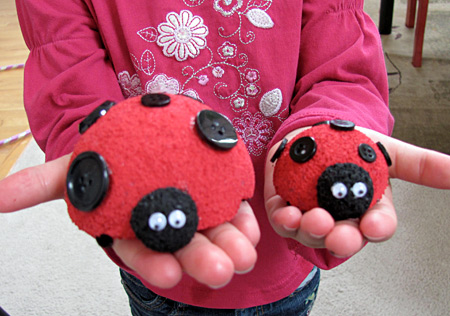




.jpg)




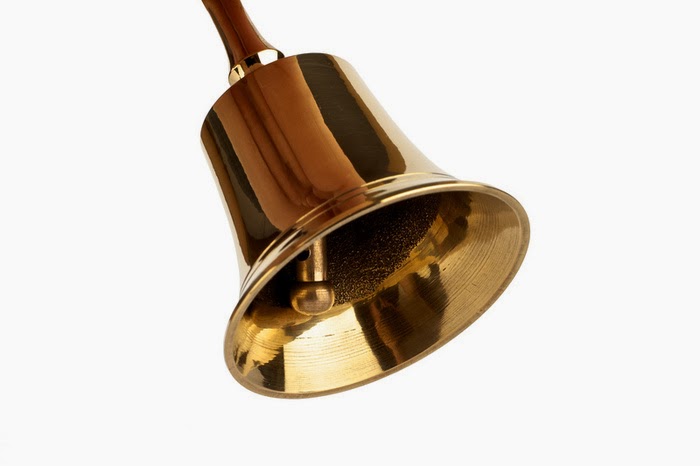











.JPG)





